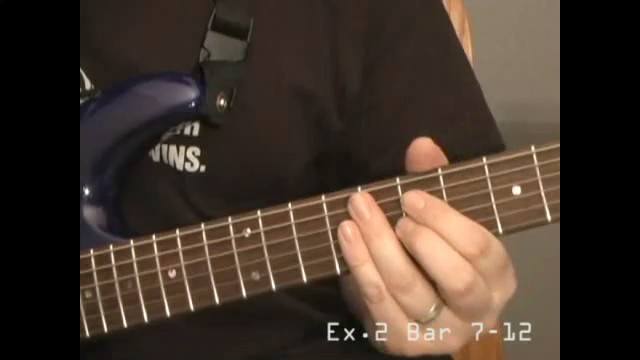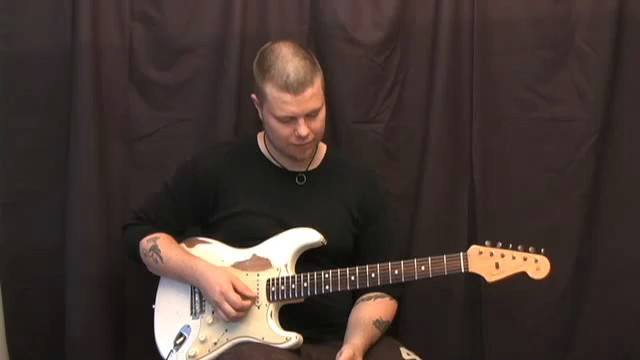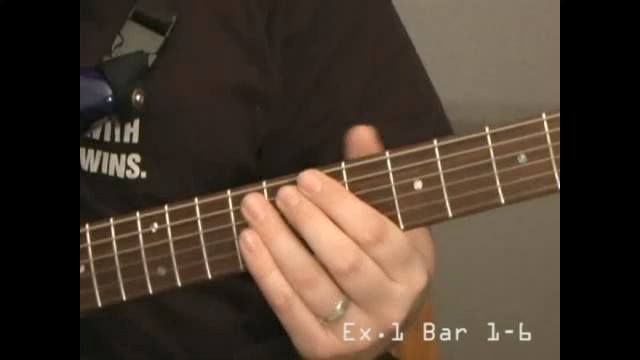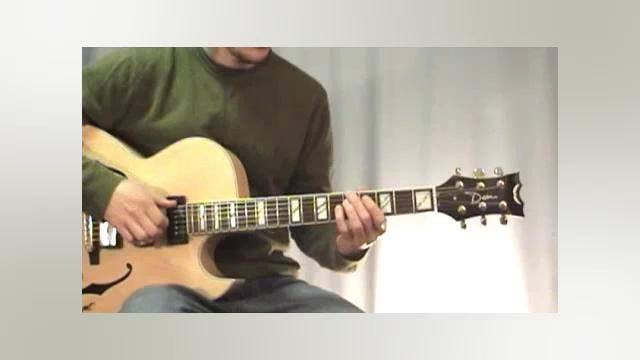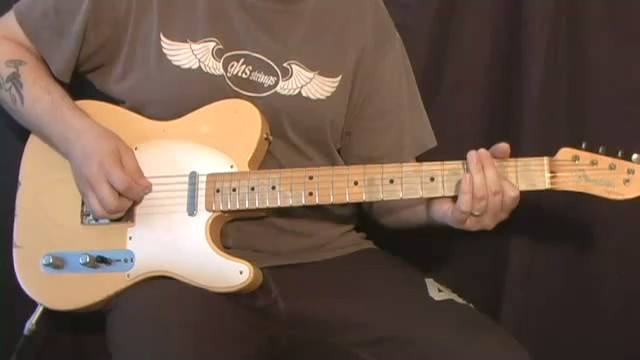Pitch accuracy is together with correct muting the most important aspect of slide technique. Having bad pitch is like a violinist having bad pitch, it just won’t do! The similarities with violin players do not stop there. When using a slide you can basically see yourself as playing a fretless instrument, since the frets no longer serve a function for determining pitch. With a slide you can create a range of any pitch, which requires a good ear for pitch. Classical musicians are trained for this since (often) a young age, and thus have very good pitch perception and recall. For us fretted players, this is not always the case though.
I recommend you sing all the scale notes together with your playing, and use the drone examples here to open up your ear and really get a feel for pitch. Also remember, just as with the visual spectrum of colors, a pitch color is not a absolute truth, but rather a range. We say that A is 440, however is you were to play that A at 442 with your slide, your ear would still regards this as being some kind of an A, although slightly sharp. In the same way that your eye will regard the color of a car to be red, even though it might not be exactly the same hue of red as the car beside it.
This is an extremely important aspect of playing with a slide, regardless of musical direction, so be patient and take time really exploring the scales and pitches on your instrument!










